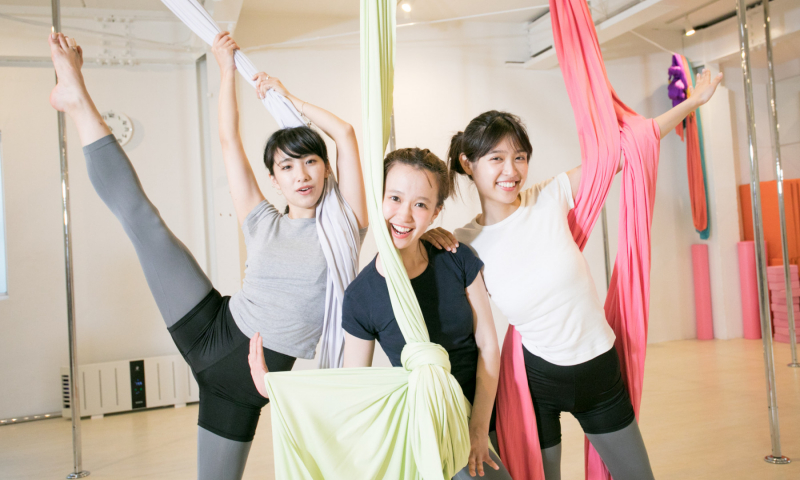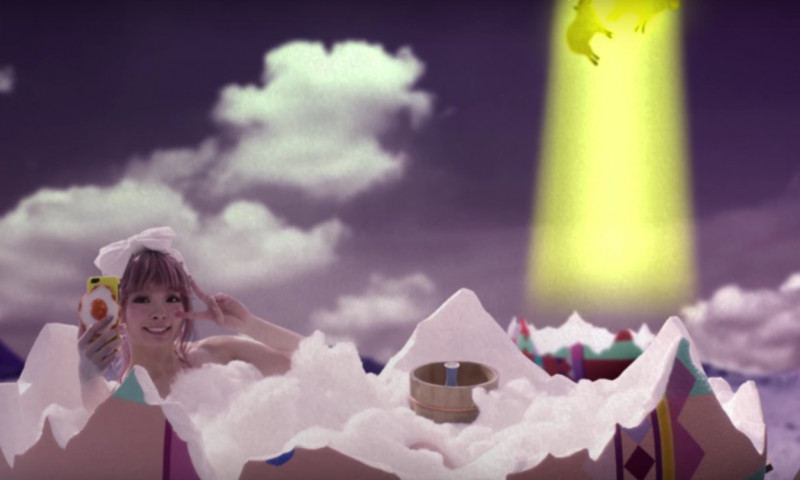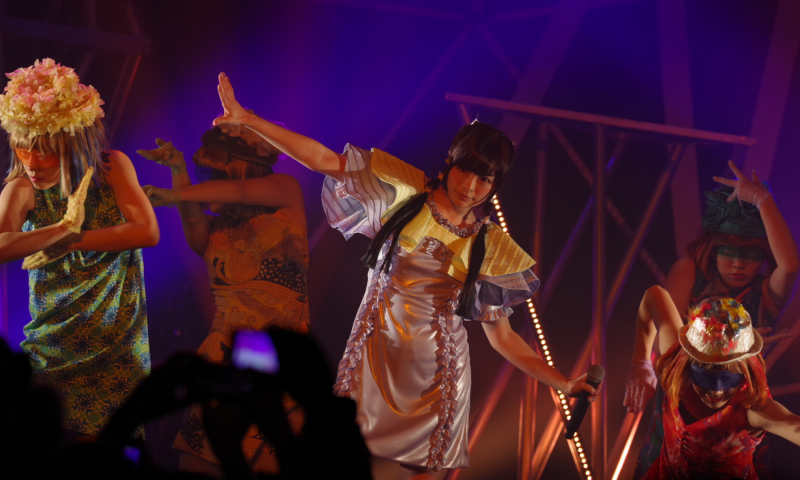
Happy Birthday! Kyary Pamyu Pamyu Celebrates with Birthday Event
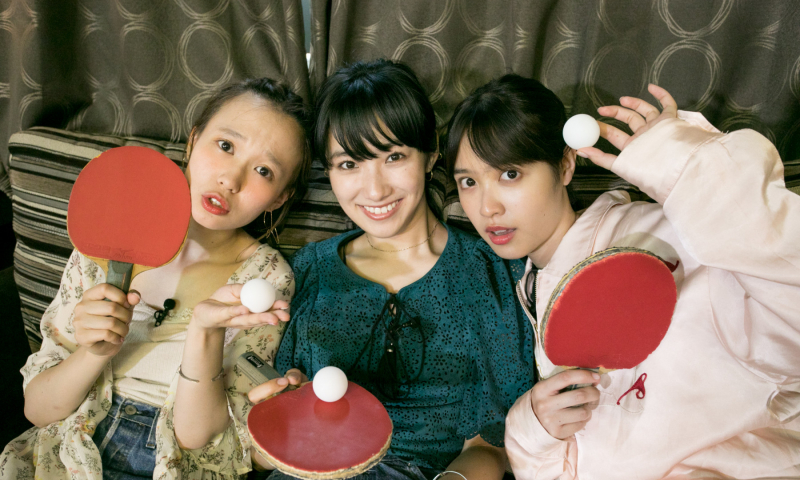
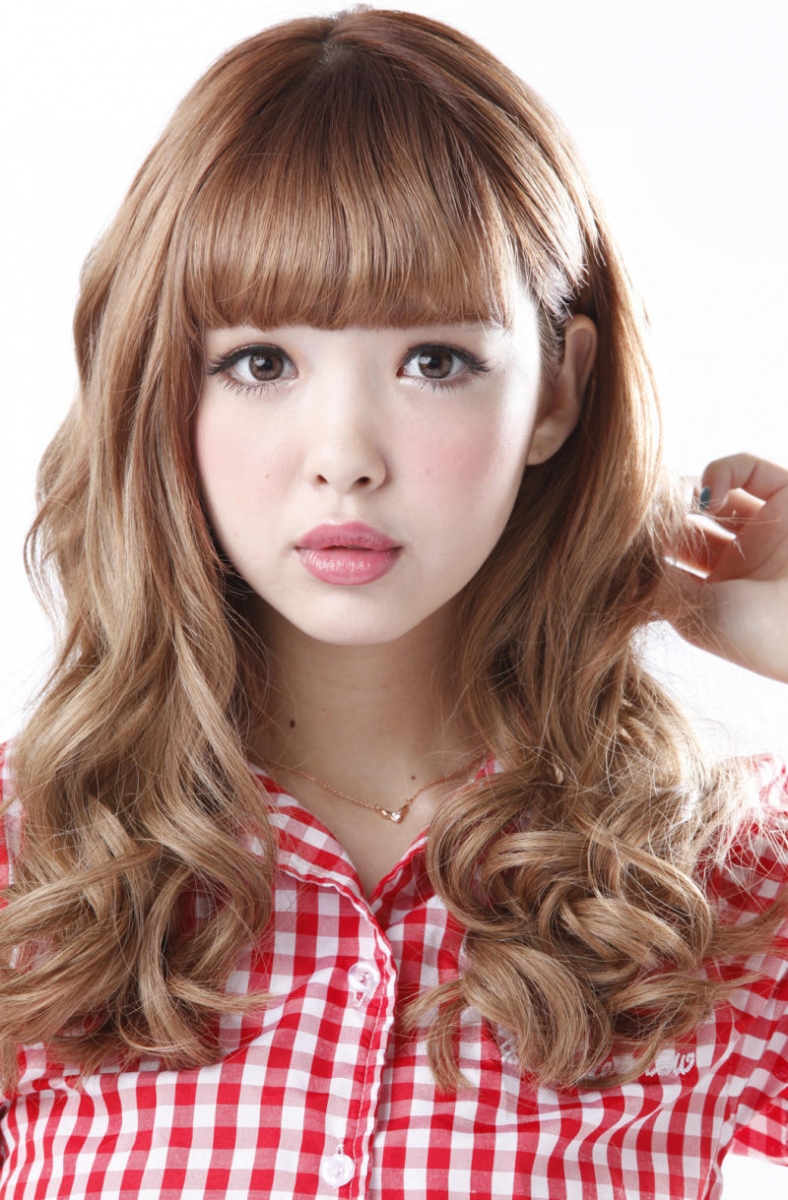
Sponsored Links
Japanese female magazines are very fun to flip through it’s thick, glossy pages. Very colorful, informative and energetic, which brings the readers closer to the magazine. And one of it’s main aspect that attracts so many young females still buy magazines is the strong presence of “dokusha models.” In the Western fashion scenes, there are high popularity of runway models that walk or models for advertisements. But in Japan, the popularity is more inclined to those “dokusha models” who are still popular position in Japanese entertainment business and many of the young females are seeking to be one of them.
“Dokusha Moderu (moderl),” directly translated to “reader model,” is an amateur fashion models, who models for a certain fashion magazine in parallel to their main work as a university student or an employee of a company. Most often, they are abbreviated as, “dokumo (読モ)” and although they are called to be amateurs, they may be more popular than the professional runway models. The “dokumo” girls are not as tall or have longer leg length, or even not as skinny as runway models. For example, some of the representative Japanese runway fashion models are Ai Tominaga, TAO (Tao Okamoto), or Mona Matsuoka, but their popularity are much higher abroad, especially in fashion week runways and advertisements for high-end brands. But “dokumo” are NOT the same with professional runway models. Rather, they are the representative of the readers of the specific fashion magazine, and more like the advocate of the readers and the fans of the magazine. Therefore, the magazine readers feel much closer to the “dokumo” girls and that the readers are able to coordinate their style according to their favorite “dokumo.” Some of the most successful “dokumo” are called as “charisma dokumo” as well. Many of those “dokumo” appear in the popular female magazines in any type of genre, as well as hair-cut magazines as well, sometimes call them “cut models.” Also, there are apparel shop staff who are also doing a “dokumo.” Many of the fans would visit the store, not just to shop the clothes, but also to get in touch closer with the “dokumo shop staff” as well.
Many of the current, successful female artists or TV personalities have come from being a “dokusha model.” These popular “dokusha models” came about through the popularity amongst the fans of the magazine, so there still have their styles remaining from the magazines they were in. Because of that, some of them make a comeback to the magazine as well. For example, for the Aomoji-type (Harajuku-type) “dokumo” were Kaela Kimura or Kyary Pamyu Pamyu. Kaela Kimura used to be a “dokumo” for the magazine CUTiE and soon became the model under Seventeen. Kyary Pamyu Pamyu was also one of “dokumo” from the major Aomoji-type magazine, KERA and soon on Zipper. Both of these “dokumo” had a fan base from this type of magazines and expanded their fans from their music career.
Not only Aomoji-type magazines, but there are many successful “dokumo” within the gyaru (gal) type magazines such as “Popteen”, “Ranzuki”, and “egg.” Tsubasa Masuwaka was one of the most successful of all from her strong influence to the readers. Whatever she has worn and posted on the blog site, her fans would check her posts and buy; which those fashion items would be sold out in an instant. Tsubasa Masuwaka’s nickname at the time was, “Ten billion yen gyaru,” from the economic effect she had.
Also, following Tsubasa Masuwaka, Kumiko Funayama, aka Kumikky, became the most popular as well. Kumikky’s popularity was also record breaking, that she was able to be the cover of monthly magazine for 17 months in a row. She not only coordinated herself as “gyaru” as a successor of Tsubasa Masuwaka, but incorporated more a girly style, which brought in more girly-type fanbase as well.
Currently, there are “dokumo” who are seen on television shows as well for their unique character.
Nicole Fujita, who is currently a Popteen “dokumo,” but started her career as “dokumo” from the low-teen fashion magazine, Nicola. She is on television not just her popularity, but also from her unique character of being the modern Japanese teenager.
Also, Peco, or Tetsuko Okuhira (the real name), is also starting to raise awareness more to the public. Peco is currently active as the new Harajuku-type model on Popteen, and mainly her fashion consists of pop and cute school girl image. Not just Peco’s cute style, but along with her boyfriend, Ryucheru, who is also a male Harajuku-kei “dokumo” and former shop staff of WEGO, became a strong character as a current Japanese teenage love couple.
Most of the current “dokumo” uses social media, mostly Twitter and Instagram, to post their style coordinates and selfies. Especially the gyaru-type “dokumo” are very open to post about their relationships, through posting pictures of them having dates. For example, Nicole Fujita was also openly stated of having a boyfriend, and later, how she broke up on national television.
With their huge popularity built from the magazine appearances, “dokumo” soon after get in to producing mainly beauty products. Tsubasa Masuwaka is a most successful producer selling the fake eyelashes, “Dollywink” in collaboration with the cosmetic maker KOJI. Her products reflected her fans and the consumers, who are mostly young females, to want more of the natural-style eyelash for their make-up.
From the fake eyelashes, Tsubasa Masuwaka have produced other cosmetic products like eyeliners and mascaras as well, which also has been successful. With her success in the background, there are more “dokumo” who collaborates with cosmetic companies to create beauty products to target their fans. Not only cosmetics, but also many colored contacts, hair irons, jewelries, and clothing lines are produced by “dokumo” as well.
There are many criticisms towards “dokumo” culture being spotlighted too much, that it became overly generalized category as a “model” and the “fashion model” image has become more towards to “dokumo” than of runway models. There are discussions amongst people that whether “dokumo” are really a “model.” Also, there were voices from the (former) professional models that they don’t get along with those “dokumo,” or don’t want to be categorized in the same field, because both are different.
But without them, unique Japanese girls’ cultures like the “gyaru” or “Harajuku-kei” never have flourished. From my opinion, I think these “dokumo” girls have lead (and still leading) the young Japanese girls who wants to be fashionable and stylish, and they do it very well, by resonating with these ordinary girls. And currently, there are more male “dokumo” as well, which shows how much influence they have. Do you have your favorite “dokumo”? Mine are Culumi Nakada, and Yura!
Sponsored Links
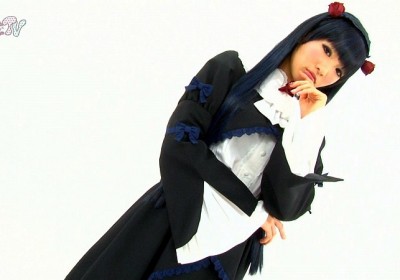
[Exclusive Program] Tokyo GIrls’ Update TV #006 : SBY in Shibuya109 & Pikarin’s Cosplay

8th Wave of Tokyo Idol Festival 2016 Performers Announced!!


